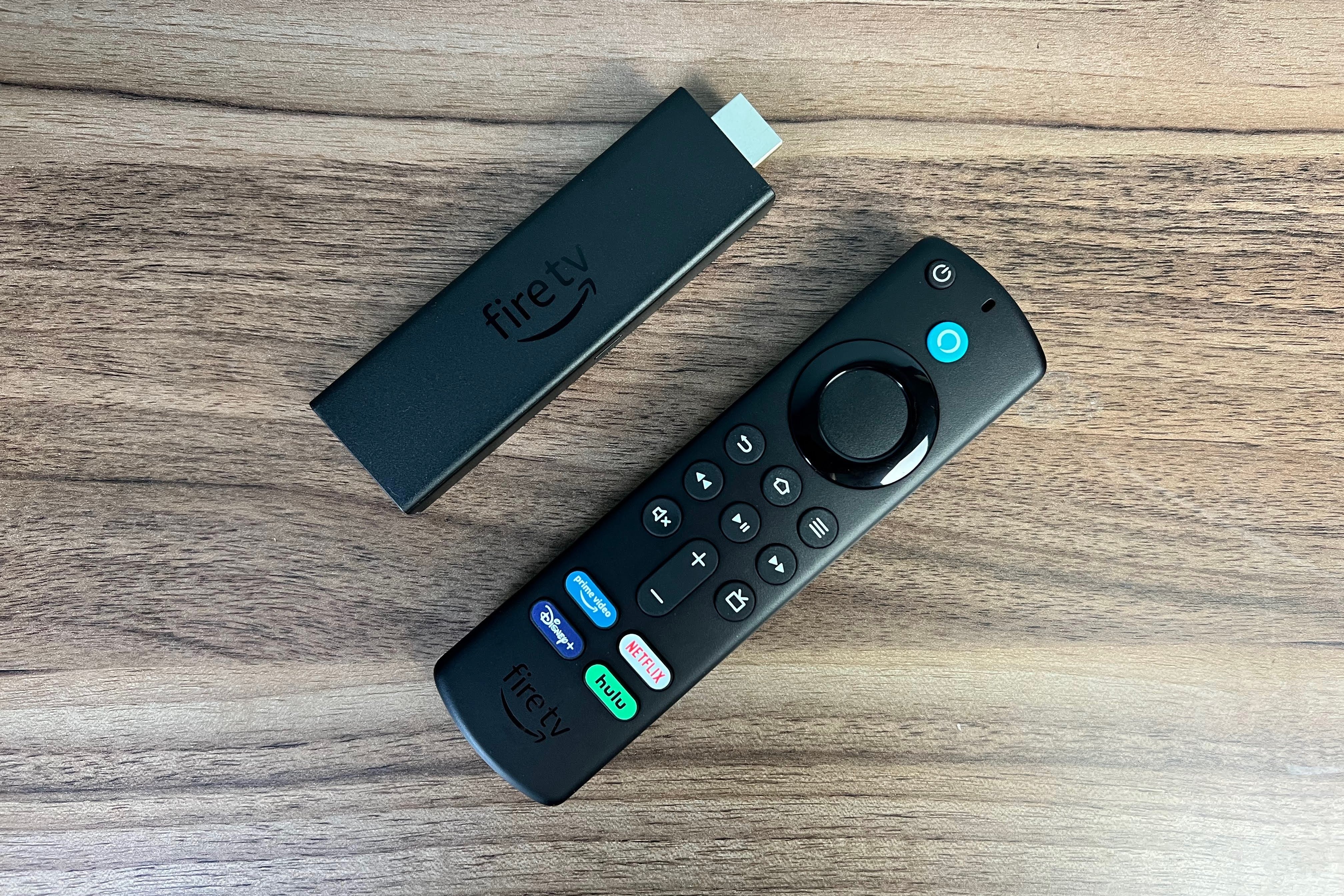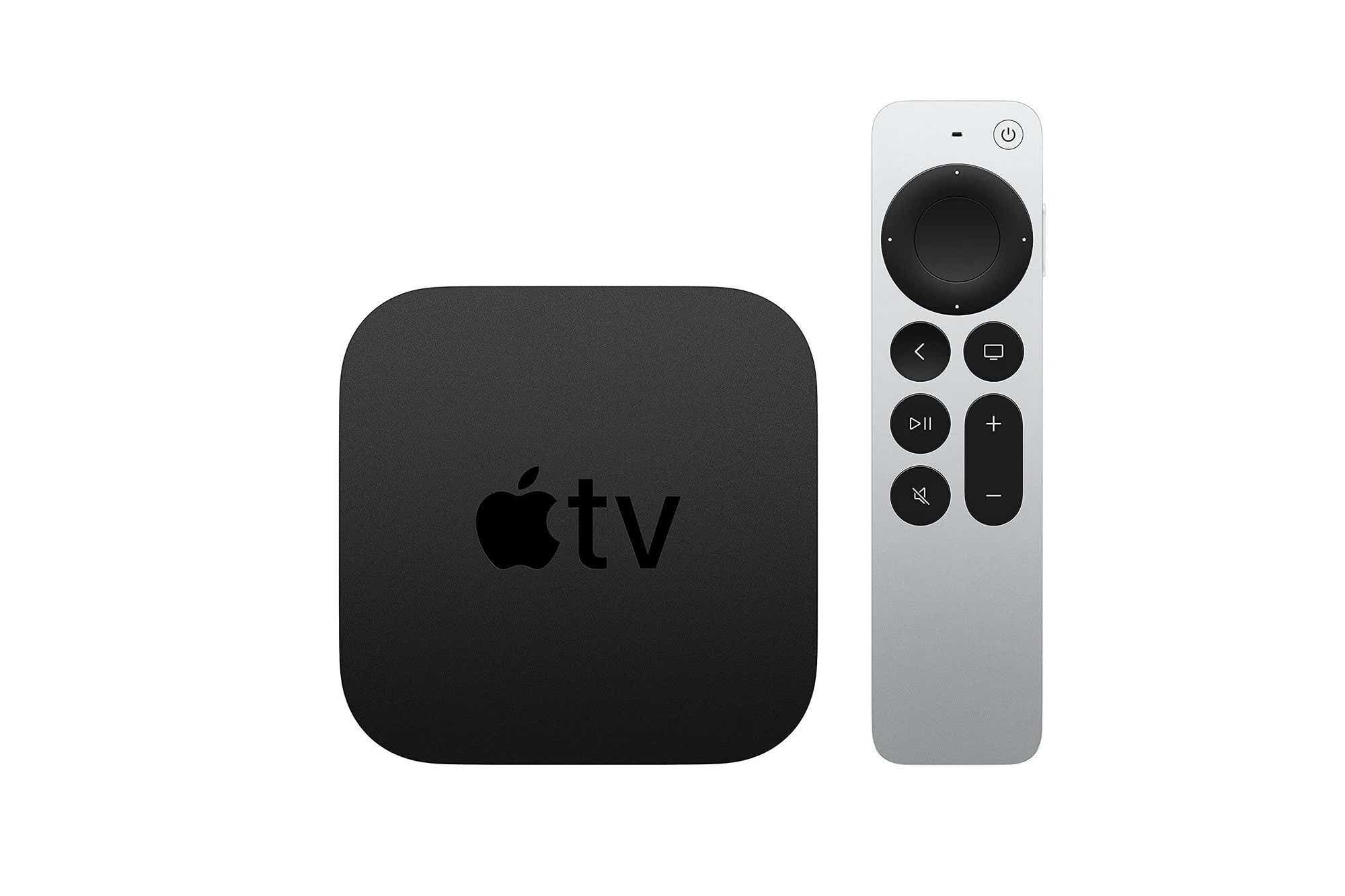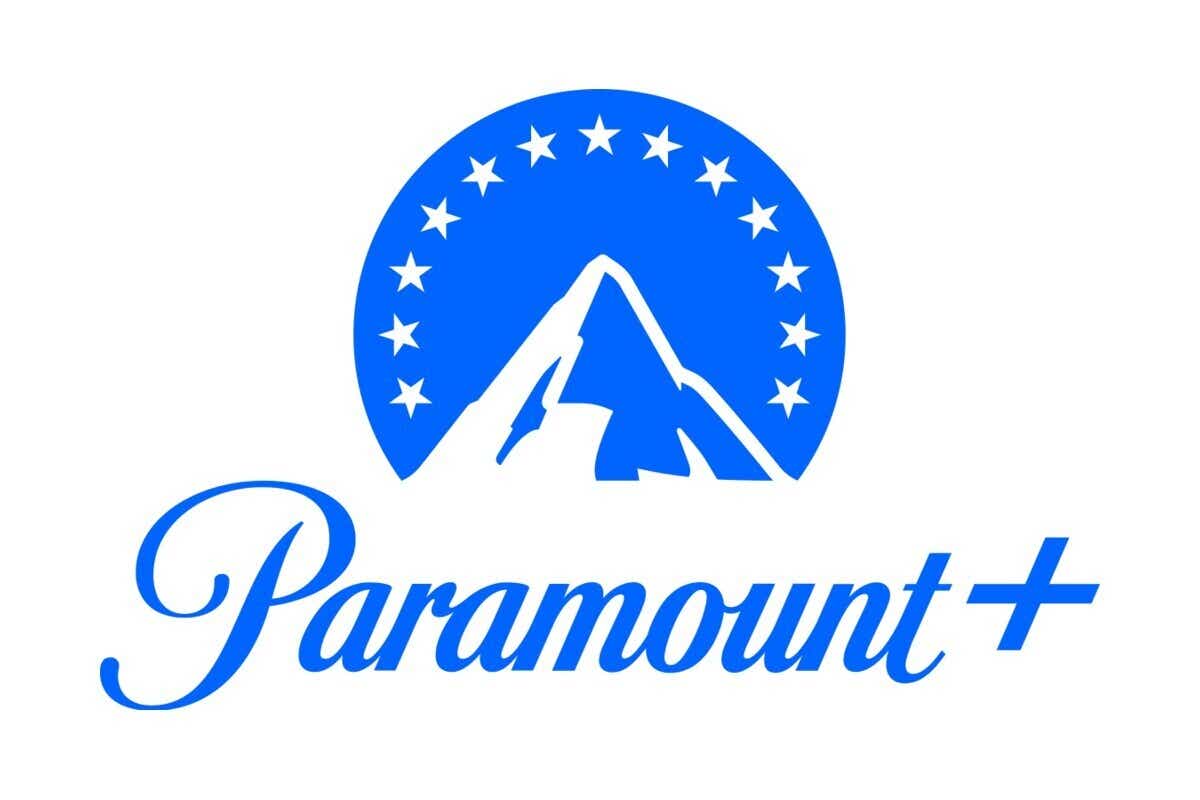If you’re wondering what 2022 will be like as a cord-cutter, just take a look back at 2021.
Next year will likely bring more of the same on many fronts: Sports streaming will still be a hassle, over-the-air TV won’t drastically change, and cable-style streaming TV bundles will keep rising in price. But through it all, folks will still find plenty of reasons to cut the cord.
You should of course take these predictions with a grain of salt—after all, I did wrongly predict that YouTube TV and Disney would avoid a blackout last week—but I’ve tried to at least tried to make my case with evidence. Read on for an attempted glimpse into the imminent future of cord-cutting.
Sports streaming will get messier
2021 was not a great year for sports-loving cord-cutters. If you wanted to stream local baseball, basketball, and hockey, DirecTV Stream has been the only option in many markets, with prices starting at $85 per month. Hulu + Live TV and YouTube TV both dropped regional Fox Sports networks (now called Bally Sports networks) in the fall of 2020 and show no signs of bringing them back.
Next year might not be much better. Sinclair, which operates those Bally Sports channels, has talked up plans for a standalone streaming sports service, but so far it only has explicit rights to stream NHL games in 12 markets; its ability to offer baseball coverage is a point of contention with Major League Baseball. Meanwhile, DirecTV Stream just raised the price of its package with regional sports to $90 per month.
More confusion will come from streaming services such as ESPN+, Peacock, and Paramount+, which are intent on adding exclusive coverage—an NFL game here, an NHL game there—to lure in new subscribers. A single pay TV package will no longer be sufficient to catch all major sporting events, as some games will become locked behind additional subscriptions.
Meanwhile, NFL fans will have to wait one more year for out-of-market football streaming. NFL Sunday Ticket remains tied to DirecTV until after the 2022 NFL season, with the future rights still up for grabs. Brighter days are ahead for sports streaming, but the transition will be ugly.
NextGen TV will be a non-factor
For years now, we’ve been hearing about how a new broadcast standard called ATSC 3.0—or “Next Gen TV”—will usher in a new age for over-the-air TV, adding features like 4K HDR, on-demand video, and Dolby Atmos audio. In preparation, broadcasters in 37 U.S. markets have launched ATSC 3.0 feeds, with another 18 to come by the spring.
Still, major roadblocks remain: Today’s TV tuners are incompatible with the new standard, external tuner boxes such as the HDHomeRun Flex 4K cost upwards of $200, and only Samsung, LG, and Sony have been adding ATSC 3.0 tuners to their higher-end TVs. More importantly, not a single major broadcast network has committed to supporting tentpole ATSC 3.0 features such as 4K video.
While NextGen TV will continue to make progress in 2022, I don’t think it will meaningfully change cord-cutters’ viewing options. The current ATSC 1.0 standard will remain viable for TVs and over-the-air DVRs, and more people will continue to gravitate toward streaming instead of dealing with the vagaries of an antenna.
We’ll see more ambitious streaming hardware
Having run out of obvious ground to cover, streaming devices seemed to hit a plateau in 2021. The new Apple TV 4K had a better remote, but otherwise similar hardware to its predecessor. Roku’s Express 4K+ and Streaming Stick 4K were minor iterations over their predecessors, as was Amazon’s Fire TV Stick 4K Max. Even Amazon’s Omni TVs—the first smart TVs sold under the company’s own name brand—are not markedly different from previous Fire TV Edition sets.
I’m predicting—or at least hoping—that one hardware maker will swing for the fences this year. Maybe Apple’s rumored streaming soundbar will come to fruition, or Google will make a TV modeled after its Nest smart displays. Perhaps we’ll see a TV with a pop-up camera for video chat, or an entirely new hardware contender that no one saw coming. Whatever the case, the hardware side of cord-cutting is overdue for a little more excitement.
We won’t see any skinnier TV bundles
The writing has been on the wall for pay TV bundles since last year, when networks threw a fit over T-Mobile’s attempts to offer cheaper, more flexible TV packages. The most popular channels on cable are all owned by a small number of companies—most notably, Disney, Comcast’s NBCUniversal, Fox, ViacomCBS, and WarnerMedia—and they’ve made clear that they’re not interested in putting their channels into smaller bundles. The implicit strategy now is to fleece pay TV subscribers while they plow money into new Netflix alternatives.
Sure, YouTube’s Twitter account stated last fall that it’s “working to add more flexible options in the future.” But then again, a Hulu executive said the same thing in 2018, and Sling suggested that it was working toward “a la carte” pricing in 2017. I’ll believe this is anything other than wishful thinking when I see it.
Cable and satellite subscriptions will plummet
While many of these predictions are gloomy in nature, they won’t do much to deter millions of people from cutting the cord on traditional TV service. Live TV streaming services are still generally cheaper than cable and satellite TV, so dropping the latter for the former is no less compelling than it was a few years ago.
Meanwhile, a growing number of cord-cutters are ditching those bundles entirely. The fact remains that if you’re ambivalent about live sports, there’s plenty to watch without a big pay TV bundle, and at a fraction of the cost. You could even combine subscriptions to Netflix, Hulu, Disney+, Amazon Prime, HBO Max, Apple TV+, Paramount+, and Peacock Premium—though I advise against having them all at the same time—and you’d still be paying about as much as just one live TV streaming package.
Tech pundits used to love saying that cord-cutting was no cheaper than cable when you add up all the streaming services. But people are capable of doing the math themselves and realizing how easy it is to come out ahead. Once they do, it’s hard to go back.
Sign up for Jared’s Cord Cutter Weekly newsletter to get this column and other cord-cutting news, insights, and deals delivered to your inbox.



